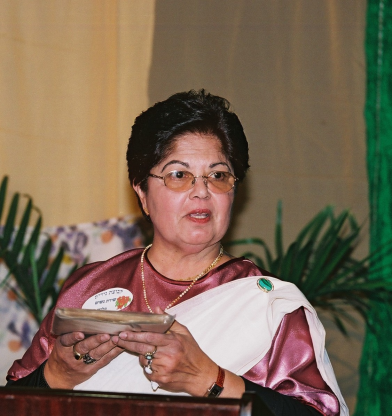An ancient piyut [liturgical song] transformed into a Zionist song, a complete study of El yivneh ha-galil would fill an entire chapter in the history of the Jewish song (Seroussi 2010). Different tunes, variations of the lyrics, arrangements and performance-practices reshaped its meanings and contexts of performance since it is arguably time of composition in the Kabbalists’ circles of sixteenth-century Safed. Through wide-spread popular and artistic renditions, it reached a new symbolic status in the twentieth century as an iconic song of the Hebrew pioneers rebuilding Eretz-Israel.[1] Since the second ’aliyah (1904-1914) El yivneh ha-galil quickly spread out as a most popular Hora dance. Lazar Saminsky’s solemn vocal arrangement of El yivneh ha-galil (Saminsky 1913) was the first in a line of symphonic, chamber and choral works by many prominent composers such as Michail Gnessin, Joseph Achron, Solomon Rosowsky, Alexander Weprick, Julius Chajes, Jacob Weinberg, and Israel Brandmann.[2] Kisselgoff’s transcription was printed in small notes in Saminsky’s score with the inscription Original aufgenommen von S. Kisselhoff [Originally transcribed by S. Kisselgoff].[3] This exact version of the tune and attribution appeared in Stutschewsky’s table of content of his album.
El jiwneh Hagalil answered both the musical and pedagogical requirements of this album. Following the opening pair of pieces recalling the shtetl soundscape of the Yiddish song and the Hassidic dance nigun in A freygish (ahava raba) mode, El jiwneh Hagalil offers a contrasting musical symbol signifying the modern Jewish national rebirth colored in the dorian mode. The Hebrew tune of the Galilee workers provided not only a sharp contrast to the previous musical imagery, but also an appropriate choice for experimenting with uneven bow distributions in interpreting its diatonic cyclical contour and fundamental rhythmic structure.
While Kisselgoff’s transcription quoted in Saminsky’s choral score included a dance metronome marking of quarter = 100, Saminsky’s maestoso, sostenuto indication and f dynamic emphasized a grand, festive interpretation of this song. Stutschewsky, too, evaded the Hora dance feeling in favor of a rather slow Andante marked as quarter note = 76-84. Stutschewsky’s arrangement evokes a more realistic image.
Contrary to the sweeping Hora dance, Stutschewsky paints a dreamy morning, the rise to another day of work clouded by the unknown. The long notes in the piano bass line, the legato and swell markings in pp dynamic, infused by unexpected harmonies turns this famous song into something completely different, more introvert in character. While Saminsky’s famous arrangement end on a festive E Major chord, Stutschewsky’s closes on a more “realistic” E minor chord. However, throughout the work Stutschewsky avoided a strong repeat on the E minor chord and weakened its assertiveness in the shadowy piano accompaniment.
__________________________________
[1] Variants of this tune may be heard in early ethnographic recordings and interviews with informants, as well as many in art performances. Another widespread version of the tune is in freygish mode, where the prominent color of the augmented second colors the melody in distinguished oriental style. See the archival recordings at the National Library of Israel website. Interesting examples to name a few are Shlomo Kogel with a male choir conducted by A. Z. Idelsohn, the Rina ve-Simcha choir conducted by Yossi Perez, 195?, and the Kol Zion La-Gola Choir arranged and conducted by Nechemya Vinover, 1957.
[2] For more about the El jiwneh Hagalil tune in the context of the Saint Petersburg School see, Nemtsov (2009: 313–19). See also Schröder-Nauenburg (2007: 209–50).
[3] Music folklorist Zinoviy (Sussman) Kisselgoff never visited Palestine. He probably transcribed the tune during the An-ski expeditions when visiting communities whose members became pioneers in Palestine. The hardships encountered by the pioneers in Palestine forced many returned to their Ukrainian homes and shared the stories and songs they learned. Others returned in order to recruit and train potential newcomers.





